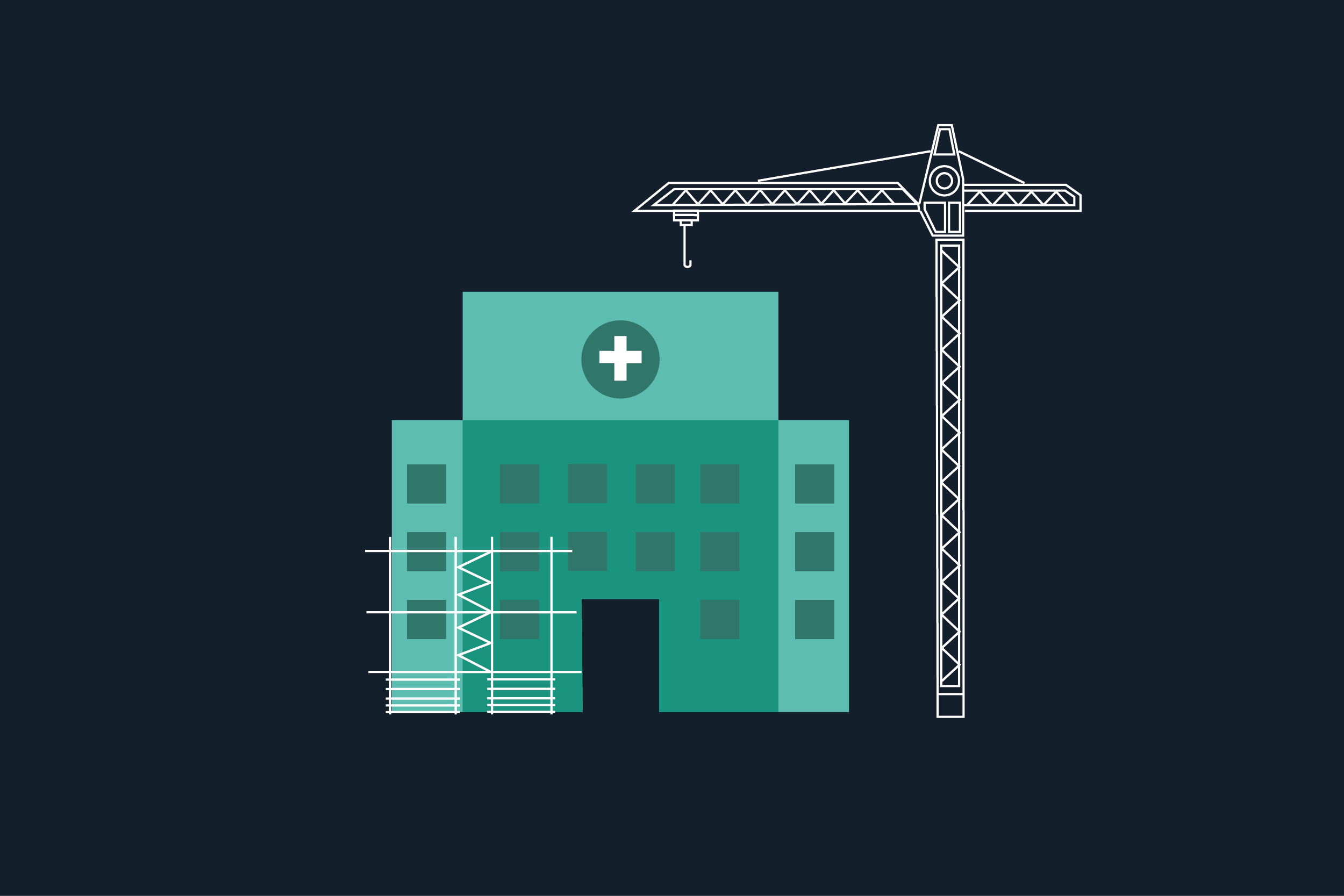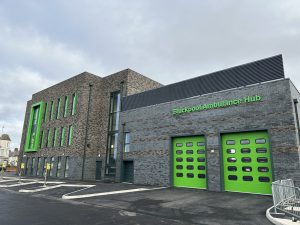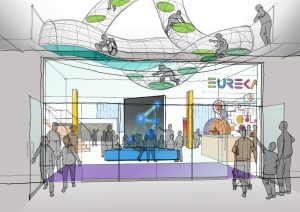Refurbishment in the construction sector has a broad meaning and can range from minor repair works to full-scale renovation projects. According to the Office for National Statistics, total construction output increased 12.7% last year compared with 2020 due to rises in both new work and repair and maintenance, which rose 11.2% and 15.5% respectively. Whilst new build still accounts for approximately 60% of construction output, the gap between new and repair is closing. There are legislative reasons why refurbishment is the only option, such as listed buildings, but refurbishment is becoming an increasingly popular choice.
Key Account Manager Lauren Banks, with assistance from GSSArchitecture, explores the many advantages of refurbishments and what they can offer in making existing estates more useful.
What is a refurbishment project?
Simply put, a refurbishment project involves maintenance and repair work to an existing building or estate. The purpose of the project is to extend the useful life of existing buildings by adapting their structure or layout to provide an improved and fit-for-purpose version. Many factors must be taken into consideration to determine the scale of the renovation required, such as the condition of the existing building, the shape and size of the structure, its location and intended use, budget and timescales, the safety of the site and compliance with Building Regulations.
The change to Building Regulations from 15th June 2022, means all new homes must produce 30% less carbon dioxide emissions than current standards. Changes also include new standards to reduce energy use and carbon emissions during home improvements. Sustainability and environmental impact must be considerations for contractors embarking on new build or refurbishment projects.
What are the advantages of refurbishment vs new build?
As modern communities advance, societal demands on the built environment continue to flex and change. The result is the availability of more redundant buildings that are outdated and in need of repair. This creates an opportunity to re-purpose and convert these existing structures into a space better suited for the end user. Benefits of a refurbishment project include:
Financial savings
True to the expression “built to last”, many older buildings are structurally sound and the quality of the materials and workmanship mean they are well constructed. Often when buildings are surveyed in detail, you already have a strong structure from which to commence your project and so are not starting from scratch. The requirement for less materials, less skilled labour hours and less time to complete the work results in an overall cost saving versus a new build project.
Faster development time
A significant advantage of refurbishing a building is that in most cases, the development is completed in a much shorter period of time. So long as demolition or major alterations are not required to the general structure, it is suggested the time spent on a refurbishment project, including pre-contract planning and planning permission, is between 50-75% less than the time needed to complete a new build construction. This faster development time reaps financial rewards as the cost of financing the scheme is reduced and the client receives the building sooner which can generate a quicker return on investment through rental revenue.
Existing infrastructure
A big advantage to contractors carrying out a refurbishment project is the availability of existing infrastructure, such as water supply, electricity, mains gas, waste water connection, cables and telecommunication systems. Versus a new build project on a green field site where none of these services are pre-installed, the cost savings make refurbishment projects attractive. Aside from the direct financial savings that are achieved, there are indirect savings through the development period further being shortened because of the infrastructure already in situ.
Reduced environmental impact
We cannot escape the discussion about the climate crisis, and there is pressure on all of us to make sustainable choices and reduce our carbon footprint. With the construction industry being one of the largest sectors responsible for energy consumption, generating over 40 million tonnes of carbon dioxide, its contribution to global warming from the greenhouse effect is huge. To reduce their harmful impact, construction companies are looking at modern methods and materials that can reduce their environmental impact. We all need to re-use, re-place and re-cycle our resources to decrease our rate of energy consumption and CO2 emissions. Refurbishment projects can play a key role in this.
Recycling a building through refurbishment saves a large amount of energy by avoiding the need to extract raw materials and convert them into a replacement building. Minor works where the existing structure and the external building envelope are retained, generate the largest energy savings. But even large-scale renovations where major structural aspects and refurbishment of the outer leaf take place will consume considerably less energy and resources than a brand-new development.
Re-purposing: buildings of the future
The many advantages in terms of cost savings, faster development time and reduced environmental impact certainly make refurbishment projects appealing and present a good opportunity to re-purpose an estate to leverage its efficiency and potential to create a more useful and productive space.
Contractors still need to observe due diligence with projects of this nature and consider the risk profile, ensuring it is attractive e.g., design and build or build only. At Procure Partnerships we have the skills and expertise to offer a comprehensive service to support public sector bodies with understanding different procurement routes, specialising in UK construction frameworks.
Alex Proctor, Senior Associate, Commented: “GSSArchitecture believe there has never been a more important time to invest in the repurposing of existing buildings. This approach provides a chance to reduce our carbon footprint and limit our impact on the environment.
Working with existing buildings also offers a unique opportunity to blend the past with the future, inspiring creative architectural solutions which have the added value of a long-established connection to place.
By upskilling our staff in refurbishment best practices and training in professionally recognised sustainability accreditations such as SKA and BREEAM, GSSArchitecture can continue promoting a greener future through our designs.”
Click Here To Download a Procure Partnerships Framework User Guide
Twitter
Linkedin

Lauren Oxland, the dedicated Key Account Manager for the West at Procure Partnerships Framework, brings seven years of industry expertise to her pivotal role. Lauren’s primary responsibility is to provide unwavering support to Public Sector framework users, facilitating the seamless appointment of main contractors and consultants for capital projects and ensuring smooth project lifecycle management.



